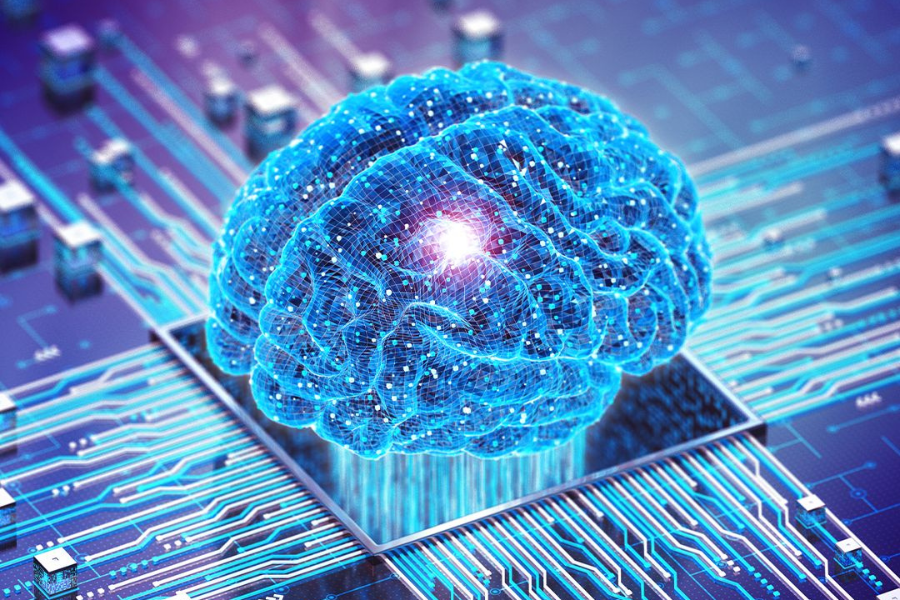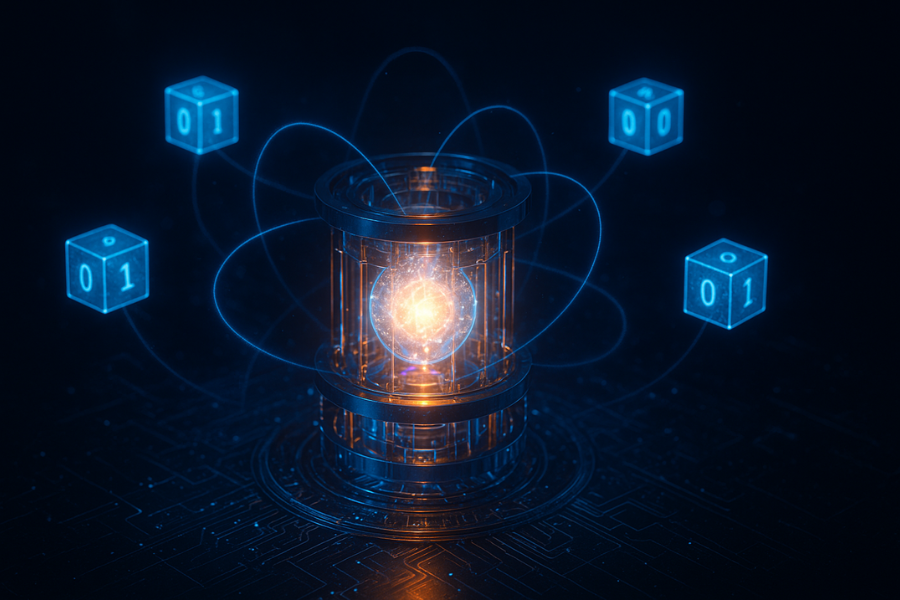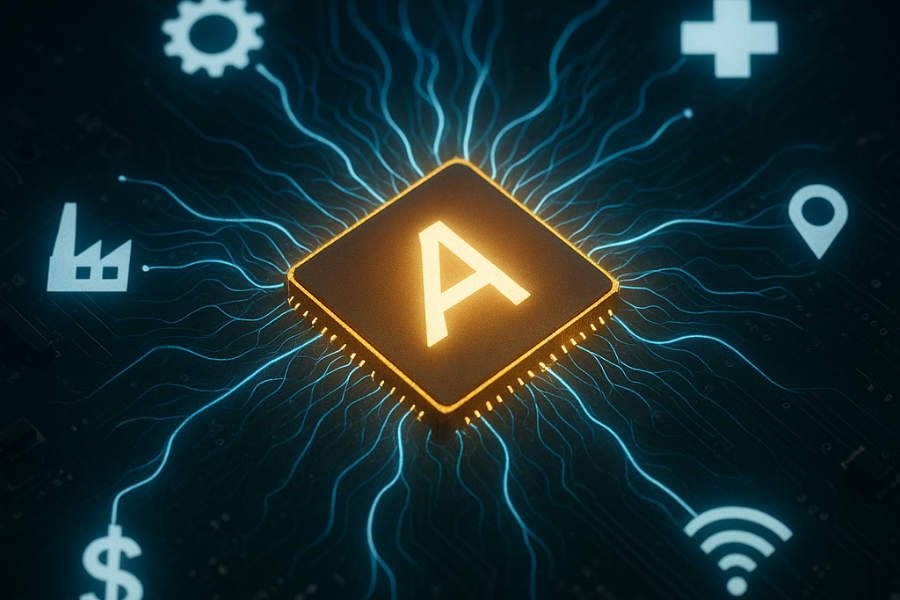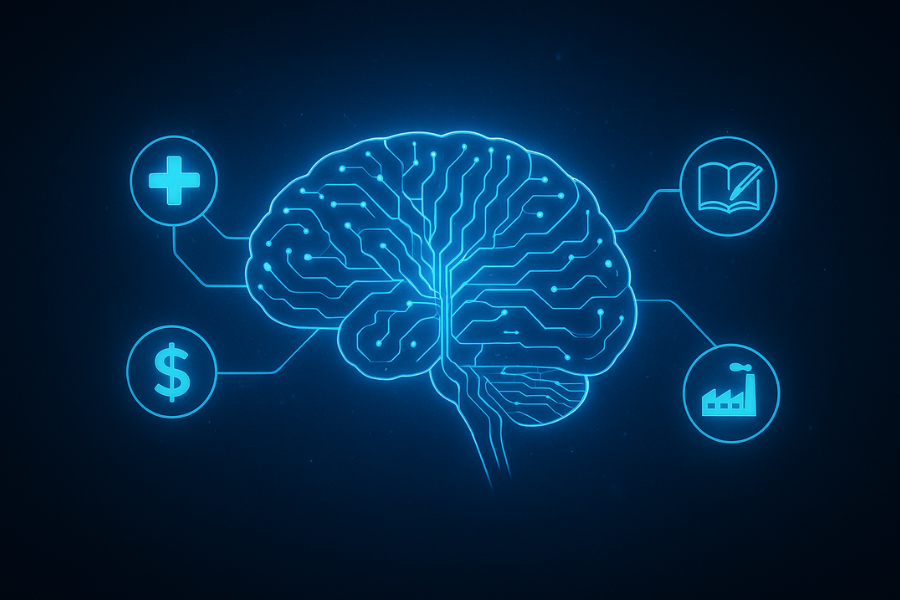Introduction: From the Cloud to the Edge
Until recently, most artificial intelligence applications relied heavily on centralized cloud processing. Whether you asked Siri a question, translated a language, or analyzed an image—your request traveled to a server, got processed, then returned a result.
But that’s changing fast.
With Edge AI, the power of artificial intelligence is now running directly on local devices—your smartphone, smartwatch, car, drone, or even a refrigerator. This leap is transforming how AI works, offering real-time performance, lower latency, improved privacy, and the ability to function even without internet access.
By 2025, over 75% of enterprise-generated data is expected to be created and processed at the edge, not in centralized cloud data centers. Edge AI is at the core of this shift.
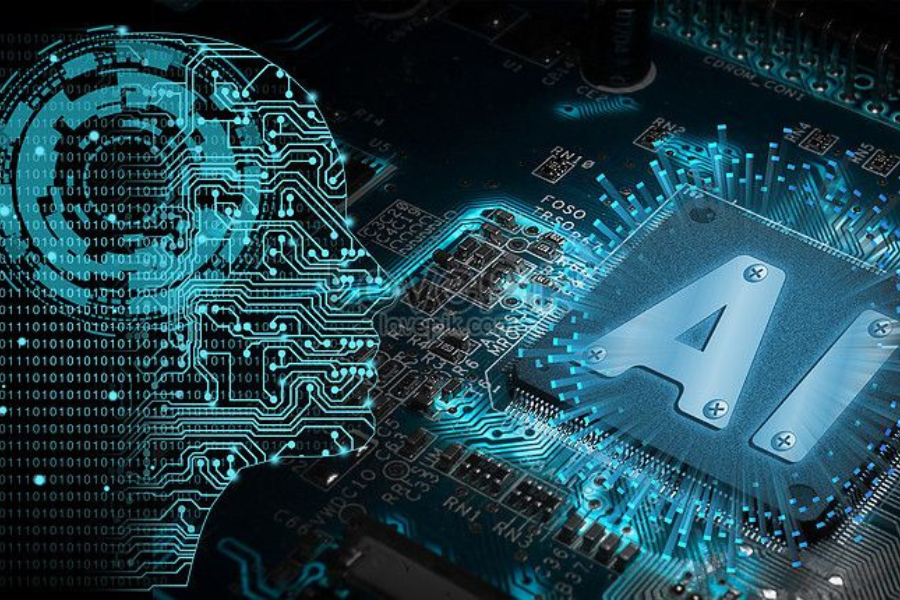
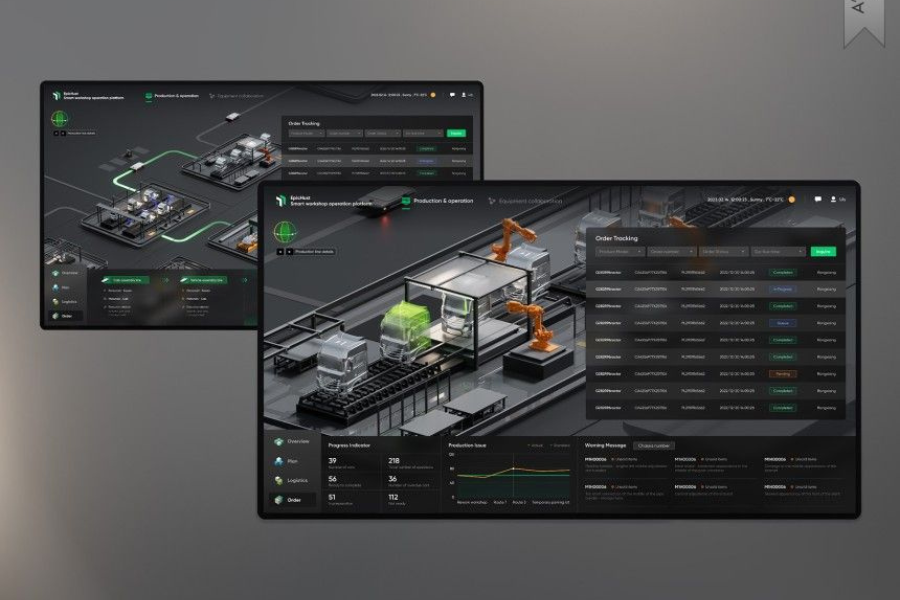

🚀 What is Edge AI?
Edge AI is the deployment of AI algorithms locally on edge devices (hardware close to the data source), instead of relying on a cloud-based server for computation. The models are trained in the cloud but deployed and run on-device, enabling local decisions.
It combines:
- Embedded systems (microcontrollers, FPGAs, custom chips)
- AI models (usually compressed or quantized for efficiency)
- On-device inference engines like TensorFlow Lite, ONNX, Core ML, or NVIDIA Jetson
Real-World Applications of Edge AI
1. Smartphones & Wearables
From voice assistants to facial recognition, AI on mobile devices is now standard. Apple’s Neural Engine and Google’s TPU in Pixel phones are examples of on-device intelligence doing real-time processing for camera effects, translation, and health tracking.
2. Autonomous Vehicles
Self-driving cars can’t afford latency. Edge AI enables real-time perception, object detection, lane following, and collision avoidance using onboard GPUs like NVIDIA Xavier or Tesla’s FSD chip.
3. Surveillance & Smart Cities
Cameras equipped with Edge AI can identify threats (e.g. weapons, fire, fights) without uploading all footage to the cloud—protecting privacy while saving bandwidth.
4. Industrial IoT & Predictive Maintenance
Factories use sensors with embedded AI to detect anomalies in machines (e.g., vibration or sound patterns) to prevent breakdowns before they happen.
5. Healthcare Devices
Smartwatches use Edge AI to detect irregular heartbeats, oxygen levels, or falls. In hospitals, portable ultrasound machines powered by edge chips assist doctors in remote regions.
Under the Hood: How Edge AI Works
Edge AI is possible due to three big innovations:
1. AI Model Compression
Large neural networks are compressed using quantization, pruning, and knowledge distillation—without major accuracy loss. This makes them small enough to fit on chips with limited memory.
2. Hardware Acceleration
New chips like Google’s Edge TPU, Apple’s A17 Bionic, and Qualcomm’s Snapdragon AI Engine are designed specifically for neural network inference.
3. On-Device Inference Engines
Tools like TensorFlow Lite, ONNX Runtime, and CoreML allow developers to run AI locally with near-native performance.
How It Works: Behind the Scenes
Multimodal AI involves three key components:
-
Input Encoders
Each type of input—text, images, audio—is converted into a numerical representation or embedding using modality-specific encoders (like CNNs for images or Transformers for text). -
Fusion Layer
The encoded data is then merged in a “fusion” step. Techniques include early fusion (combine before processing), late fusion (combine outputs), or joint embedding spaces. -
Unified Reasoning & Output
The fused representation is passed through neural reasoning layers to generate predictions, summaries, or actions in any modality (text response, image generation, etc.).
Under the Hood: How Edge AI Works
The Edge AI market is expected to reach $60 billion by 2030.
Over 50 billion edge devices will be active globally by 2030.
The next 2 years will see massive growth in AI-powered consumer gadgets, wearables, smart home systems, and vehicles.
Upcoming innovations include:
Federated learning – where AI models are trained across multiple devices collaboratively (e.g., smartphones), preserving privacy.
Neuromorphic chips – brain-inspired hardware designed for ultra-low power Edge AI.
TinyML – running AI on microcontrollers as small as a postage stamp.
Challenges of Edge AI
Despite its promise, Edge AI comes with hurdles:
Limited memory and compute – Must optimize models heavily
Security risks – On-device models can be reverse-engineered if not encrypted
Update complexity – Updating models on millions of edge devices isn’t trivial
Lack of standardization – Diverse chip architectures mean fragmented development
Conclusion
Edge AI is not a trend—it’s a tectonic shift in how we design, deploy, and interact with artificial intelligence. By moving computation closer to where data is generated, it opens new possibilities for real-time, private, and intelligent systems that can think and act faster than ever.
From your wristwatch to autonomous drones, Edge AI is redefining what’s possible in the smart world.

-Futurla

